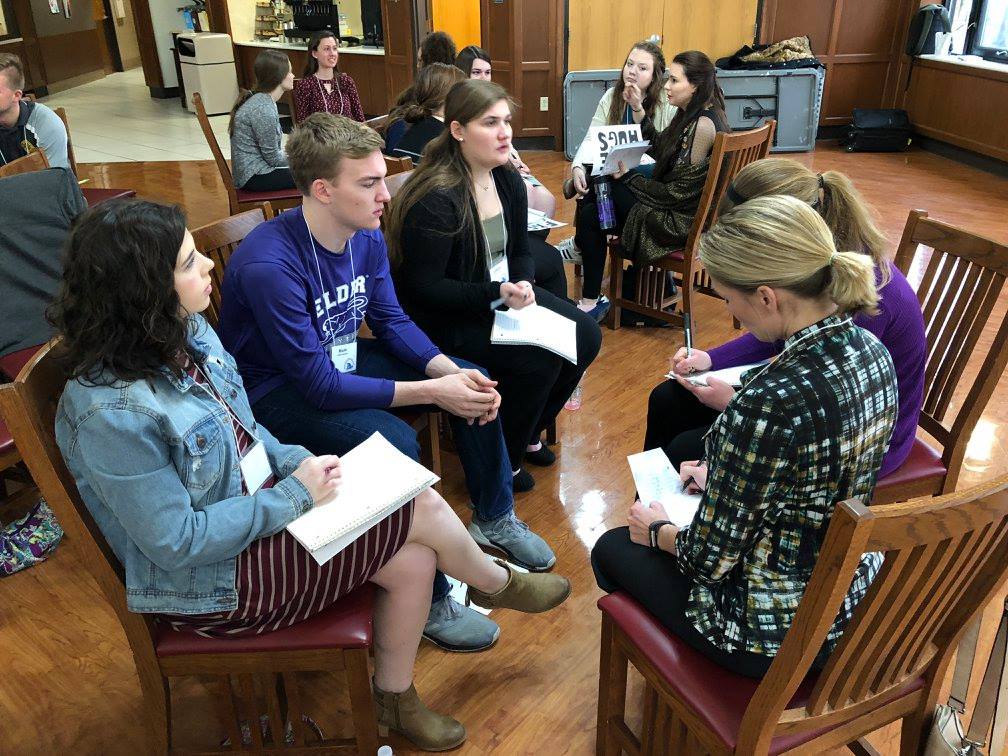Over the weekend, I was talking with a group of students and advisors from Kutztown University about student engagement. In Swift Kick, we use dance floors to describe how student leaders are the ones in the center of the dance (fully engaged), and the rest of the student body (60-84% according to NSSE) are against the wall, not participating. It looks like this:
If the above image represents an oil reserve, the outside area represents the largest pool of potential energy at an institution.
Lots of tools are great at helping student affairs departments better extract 2% more energy from the, already involved, student leaders by automating paperwork etc., but what about the rest of the oil reserve?
The goal should be to unleash more of the potential energy, or in other words, get more students engaged, but what happens if we actually DO succeed? Image tomorrow, 20% more of your campus shows up at your office and wants to get involved…
When I told this to the Kutztown people, there was a look of joyous panic on their faces. Joyous because they succeeded at solving student apathy, panic because they knew they couldn’t support a 20% increase in engagement with their current resources. Think about it….
- 20% more office space requests for their group
- 20% more room reservations for events
- 20% more marketing material needing approved
- 20% more paperwork to fill out
- 20% more groups to monitor
- 20% more people needing an advisor to listen to their love spats
With school budgets already hurting, and student affairs budgets pulled as far as they can go, it’s NOT possible to support much more engagement on campus with our current model.
If the vision is to see 90%,70% or even 50% of an institution engaged, the ONLY way to do this is to decentralize engagement by building systems that automatically facilitate peer-to-peer connections. It’s about rethinking the role of student affairs from the gatekeepers of engagement to the facilitators of peer-to-peer introductions.

